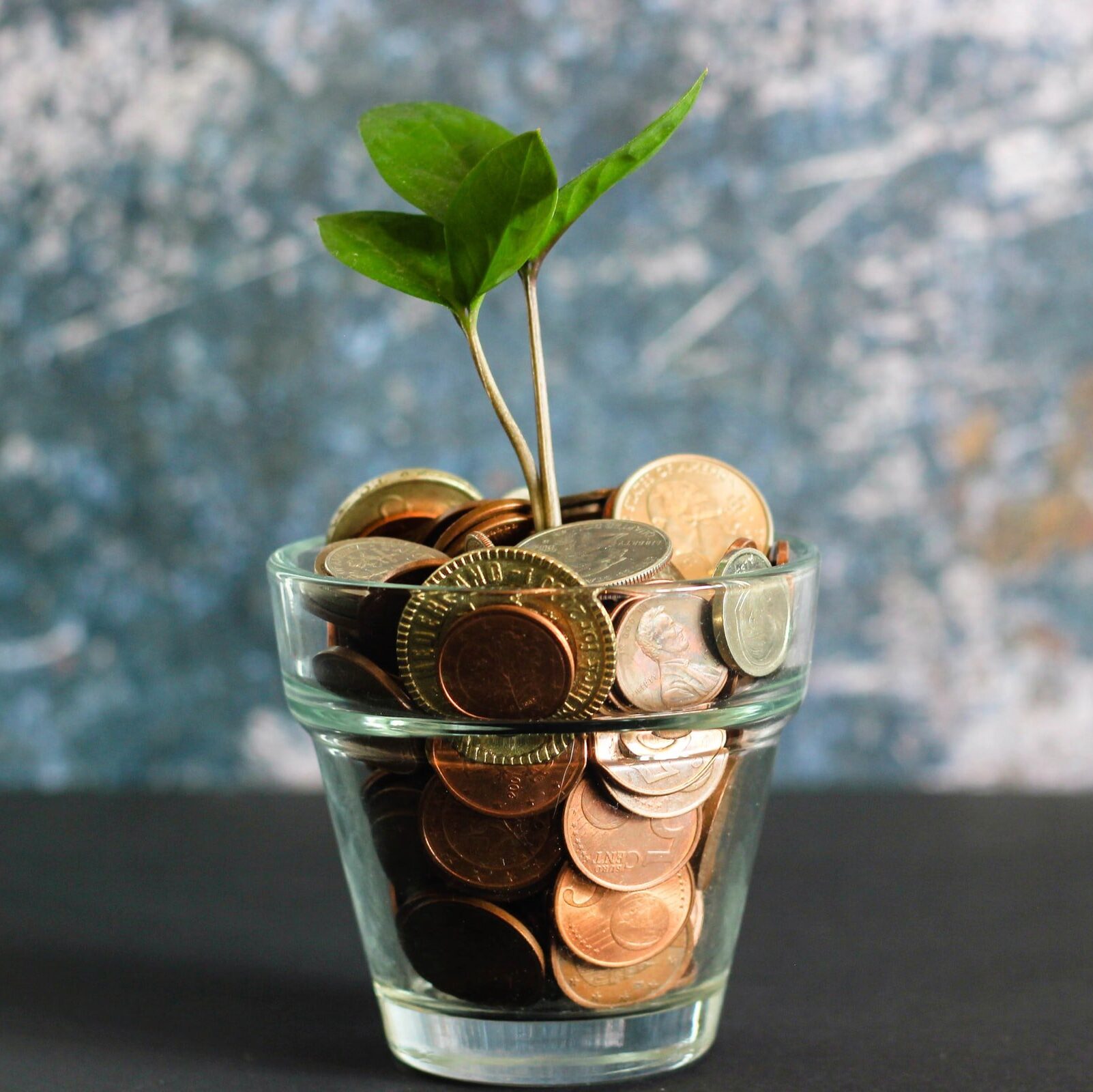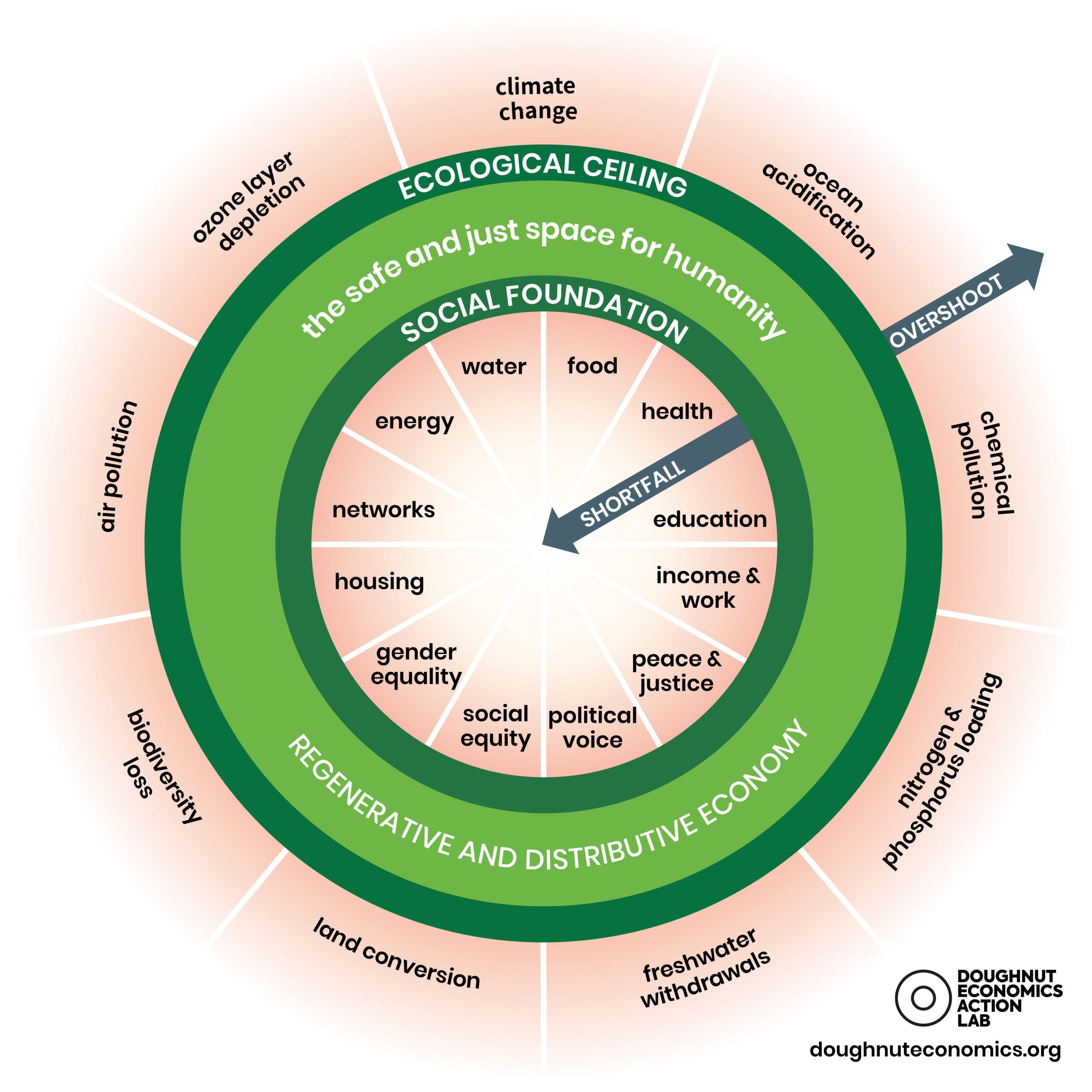
Introduction To Ecological Economics
by Alice Coffey
What is ecological economics?
The word economics arises from the Greek terms ‘oikis’ and ‘nomos’ which when combined, as first done by the philosopher Xenophon, refer to the art of household management [1]. Today, much of the economics taught around the world and integrated into policymaking is based on the relationship between supply and demand, the concepts of economic input and output and the level of household and the firm. As such, ecosystems, which can be seen as our planetary households, are largely treated as externalities. As a response to this division Costanza wrote already in 1989 of the need to ‘address the relationships between ecosystems and economic systems in the broadest sense’ [2]. Herman Daly, the father of ecological economics, also spoke of the need to ‘unite economics and ecology in the furtherance of sustainable development’ [3]. Ecological economics situates economic systems within our ecosystem, thus ensuring that human economic activity does not surpass our planetary boundaries whilst securing prosperity for all [2].
Daly was inspired by the work of his supervisor Giorgescu Rogen whose 1986 publication applied entropy law to the realm of economics. His work recognised the crucial concept of economic throughput, the use and irreversible degradation of natural resources in economic processes [4]. Thus, he created an understanding of a system that is no longer isolated or external to nature and its processes are therefore dictated by nature’s capacity not only to renew but also to absorb the input, throughput and output of economic processes on a human timescale. Put simply, this means that economic systems are subsets of our natural system not vice versa as is the tenant of many neoclassical economic theories.
Another difference between ecological and neoclassical economic thinking in that it distances itself from the need for growth. Costanza distinguishes between those who believe that limits to growth can be eliminated through the development and deployment of new technologies (techno-optimists) and those who believe that eventually, economic growth will stop once fundamental resource constraints have been reached (techno-pessimists) [2]. This distinction between humans as superior beings and humans as integral parts of the broader ecosystem underlines the discrepancy between environmental (neoclassical) and ecological (heterodox) economics [5]
Example of ecological and environmental frameworks
Environmental as opposed to ecological economics, assumes that an economy can continue to grow whilst becoming more green. This concept of green growth has been espoused by many Western environmental policy initiatives such as the European Green Deal or the Green New Deal in the US. Academics such as Jason Hickel and Giorgos Kallis sought to investigate whether this concept is in fact feasible. Their results concluded that ‘it is more plausible that we will be able to achieve the necessary reductions in resource use and emissions without growth than with growth’ [6]. Hickel and Kallis have since published various books in defense of the economic concept of degrowth which calls for ‘an equitable downscaling of throughput, with a concomitant securing of wellbeing’ [7]. This concept therefore negates the idea that growth is necessary for prosperity and equality. Instead, it focuses on creating an economy which is both regenerative and redistributive.
This idea is also reflected in Kate Raworth’s doughnut economics. Unsatisfied with the various neoclassical economic models that isolated the economy from ecosystems, Raworth created her own and invented the doughnut model [8]. The inner limit of the doughnut marks a boundary below which no human society should fall, granting them access to basic needs and rights such as education, food, water, health, and equality. The outer limit represents the planetary boundaries, an ecological ceiling beyond which human economic activity cannot extend without threatening our long-term survival.
Herman Daly proposed a similar idea rooted, in fact, in the ideas of classical economist John Stuart Mill. A steady state economy seeks to maintain constant levels of capital along with a constant human population. This may initially seem bizarre but similarly to degrowth and doughnut economics, it stresses the need for economic activity not to encroach into our ecosystem and displace the natural resources we depend upon.
Although these various frameworks exist, ecological economics remains peripheral in global economic policy today. The ideas dominating our current economic and political system were shaped in a wholly different global context. The question is whether, faced with a planetary and thus humanitarian crisis, we can now update our economic systems accordingly to ensure that we do not continue to extend beyond ecological ceilings.
Reference List:
[1] Xenophon, c.362 BC, Oecinomicus.[2] ??Robert Costanza, 1989, What is Ecological Economics? Ecological Economics 1:1, https://doi.org/10.1016/0921-8009(89)90020-7 (last accessed 29.01.22)
[3] Herman E. Daly, 1997, Beyond Growth: The Economics of Sustainable Development, Beacon Press: New Edition, ISBN:9780807047095 p.46.
[4] Nicholas Giorgescu Rogan, 1986, The Entropy Law and the Economic Process, Harvard University Press, Cambridge, MA, https://doi.org/10.4159/harvard.9780674281653 (last accessed 29.01.22)
[5] Comparing Neoclassical and Heterodox Theory, Open Oregon, https://openoregon.pressbooks.pub/socialprovisioning/chapter/x-4-comparing-neoclassical-and-heterodox-theory/ (last accessed 29.01.22)
[6] Jason Hickel & Giorgos Kallis, 2020 Is Green Growth Possible?, New Political Economy, 25:4, 469-486, https://doi.org/10.1080/13563467.2019.1598964.
[7] Giorgos Kallis et al., 2018, Research on Degrowth, Annual Review of Environment and Resources, 43:1, 291-316. https://doi.org/10.1146/annurev-environ-102017-025941 (last accessed 29.01.22)
[8] Kate Raworth, 2017, Doughnut Economics: Seven Ways to Think Like a 21st-century Economist, Random House, London. ISBN: 1603586741



